Introduction
In regions plagued by freezing winters, the notion of enjoying locally grown lemons or oranges during the cold months may seem like a distant dream. However, the good news is that cultivating your citrus orchard is now within reach, right from the comfort of your home. Citrus trees, renowned for their sun-kissed fruits, stand out as ideal candidates for greenhouse cultivation. By adeptly managing variables like planting methods, temperature regulation, and humidity levels, you can create an optimal environment for a thriving citrus haven in your greenhouse, ensuring not just survival but the bountiful yield of luscious fruit for years.
Unlocking Year-Round Tropical Fruit Joy
For dedicated greenhouse gardeners facing less-than-ideal outdoor citrus growing conditions, protecting your citrus trees during winter opens the door to a year-round indulgence in tropical fruits. This comprehensive guide unravels the intricacies of cultivating robust and fruitful citrus trees within the confines of a greenhouse.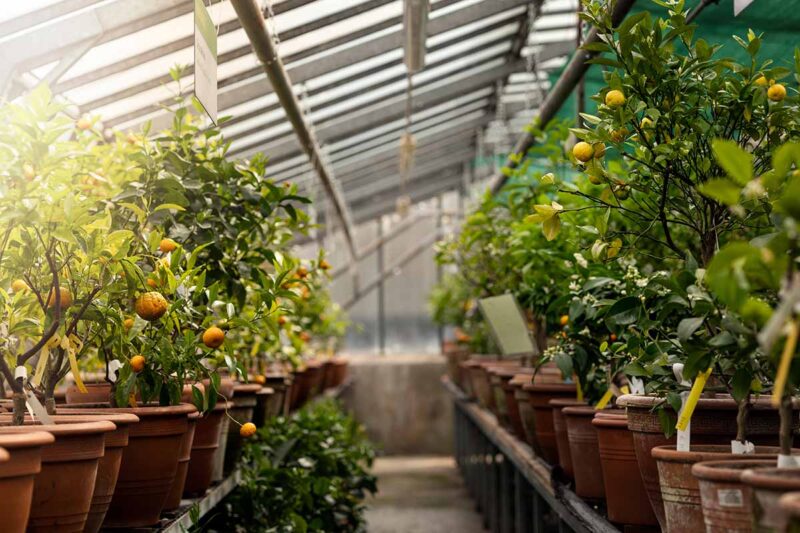
Selecting the Ideal Citrus Tree for Your Greenhouse
In historical contexts, greenhouses tailored for nurturing citrus trees were known as “orangeries.” Symbolic of wealth in bygone eras, these grand structures were dedicated to cultivating exotic fruits, especially oranges. Today, the allure of cultivating oranges, lemons, kumquats, or limes in your own greenhouse is more feasible than ever. Before acquiring trees for your greenhouse, consider different varieties and assess compatibility with your greenhouse size.
Choosing the Right Citrus Tree Size: Dwarf Varieties
In the realm of greenhouses that emphasize space optimization, opting for dwarf citrus trees is a wise choice. Though smaller in stature, these trees have the remarkable capacity to produce abundant, full-size fruits. While cultivating larger trees in spacious greenhouses is possible, it demands meticulous maintenance and frequent pruning. Dwarf citrus trees are well-suited for container gardening, offering mobility and flexibility.
Optimal Citrus Varieties for Greenhouse Cultivation
With numerous citrus tree varieties available, selecting the most suitable one might be challenging. Thankfully, many citrus trees are self-fruitful, meaning a single tree is sufficient for fruit production. To simplify decision-making, a list of citrus trees proven to thrive in a greenhouse environment is provided, with details on average height and botanical names.
| Improved Meyer Lemon | Citrus limon “Meyer Improved” | 6-10 ft |
| Dwarf Washington Navel | Citrus sinensis “Dwarf Washington Navel” | 6-8 ft |
| Calamondin Orange | Citrus mitis | 10-20 ft |
| Dwarf Campbell Valencia Orange | Citrus sinensis “Dwarf Campbell” | 8-12 ft |
| Dwarf Kumquats | Fortunella spp. | 5-6 ft |
| Nagami Kumquats | Fortunella margarita | Up to 8 ft |
| Dwarf Red Blush Grapefruit | Citrus paradisi | 8-12 ft |
| Dwarf Dancy Tangerine | Citrus reticulata “Dancy” | 8-12 ft |
| Satsuma Mandarin | Citrus unshiu | 6-10 ft |
| Clementine Mandarin | Citrus reticulata “Clementine” | 6-8 ft |
| Eureka Lemon | Citrus limon “Eureka” | 10-20 ft |
| Valencia Orange | Citrus sinensis “Valencia” | 8-12 ft |
| Moro Blood Orange | Citrus sinensis “Moro” | 10-16 ft |
| Key Lime | Citrus aurantiifolia | 6-13 ft |
| Australian Finger Lime | Citrus australasica | 6-10 ft |
| Grapefruit | Citrus paradisi | 20 ft |
| Ponderosa Lemon | Citrus limon x medica | 12-24 ft |
| Yuzu | Citrus junos | 12-15 ft |
Planting Strategies: In-Ground vs. Container Gardening
Deciding whether to plant citrus trees directly in the ground or in containers is a pivotal decision in greenhouse gardening. Each approach has its distinct advantages.
In-Ground Growing:
The primary advantage is ample room for root expansion, fostering larger, healthier trees. However, this approach sacrifices flexibility, as these trees become immobile once planted. Vigilant weed management is necessary to counter other plants siphoning nutrients from the soil.
An intriguing consideration is that soil-planted trees benefit from increased insulation during winter, advantageous for those aiming to minimize heating costs. When planning for your Sturdi-Built greenhouse, opt for the Thermal Option – a unique double glazing system that offers extra insulation and energy efficiency. 
Container Gardening:
Dwarf citrus trees thrive remarkably well in containers, offering mobility and flexibility. This flexibility proves invaluable when reorganizing the greenhouse layout or relocating trees outdoors during the summer. Container gardening also reduces weed pressure, a crucial factor given the shallow root systems of most citrus trees.
When opting for container planting, ensure that the pot size accommodates sufficient root space. While clay pots are generally favorable, plastic or ceramic pots are suitable alternatives, provided they offer ample drainage.
Caring for Citrus Trees in a Greenhouse
Contrary to popular belief, cultivating citrus trees in a greenhouse can be remarkably straightforward, provided they receive the right conditions and adequate watering. These trees exhibit prolific growth, yielding abundant fruit within a few years.
Temperature Control:
Greenhouse cultivation extends the range of citrus enjoyment to colder climates, specifically Zone 8 and below. To ensure success, preventing exposure to freezing temperatures is imperative. While citrus trees can endure temperatures down to approximately 50°F, colder conditions may lead to leaf and fruit drop.
Maintaining temperatures between 70°F and 90°F is optimal for most citrus trees. During winter, keeping the greenhouse above 50°F can be achieved through geothermal energy harnessing or the use of gas or electric heaters.
Humidity Management:
Approximately 50% humidity is ideal for citrus trees. If your local climate is dry, especially during winter, augmenting humidity within the greenhouse can be achieved using a humidifier or a greenhouse misting system.
Light Requirements:
Citrus trees thrive in bright light, but vigilance is necessary to prevent sunburn. Depending on the citrus variety, orienting the tree with the graft (a dimple or bump on the tree) facing north shields it from excess sunlight. Providing 8-12 hours





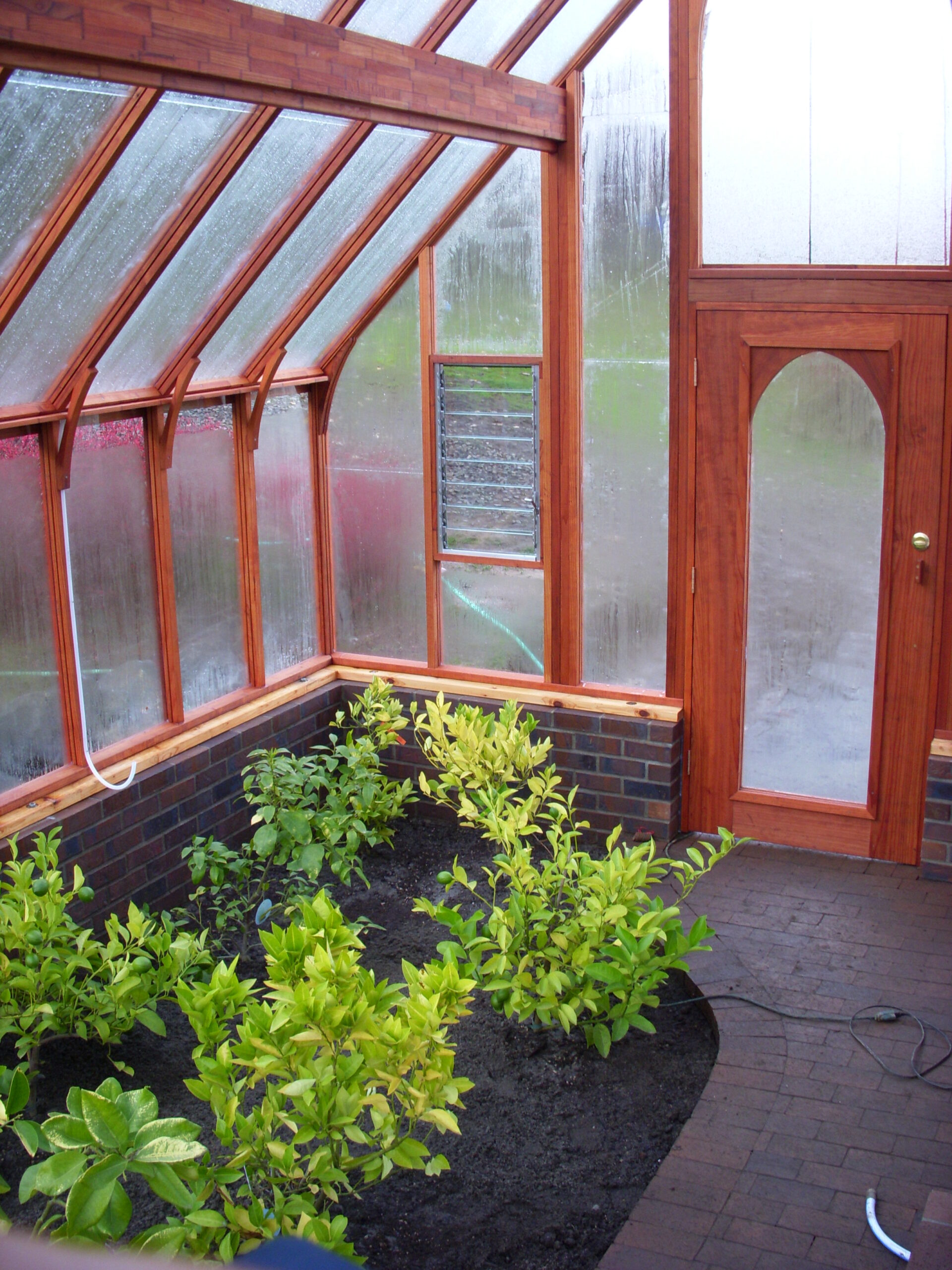
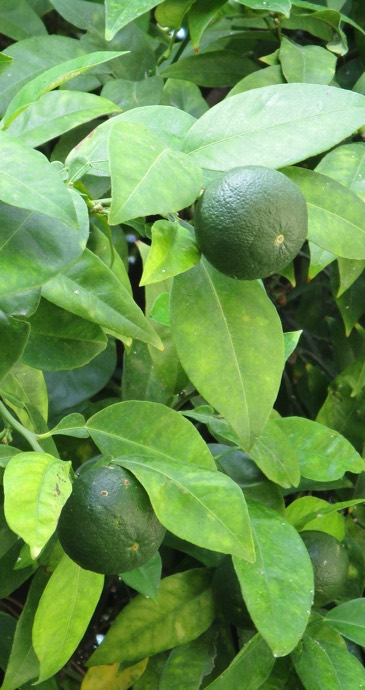
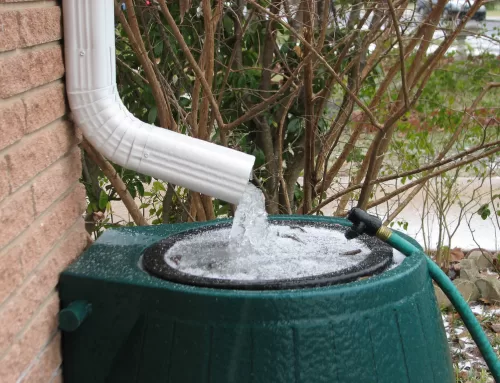
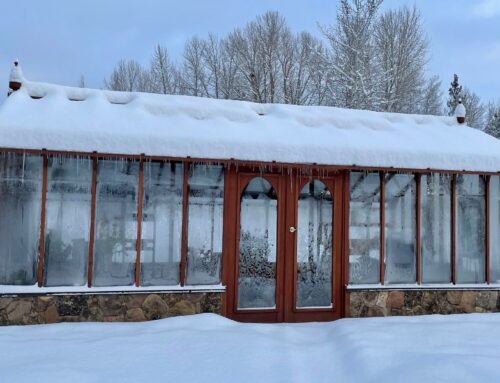
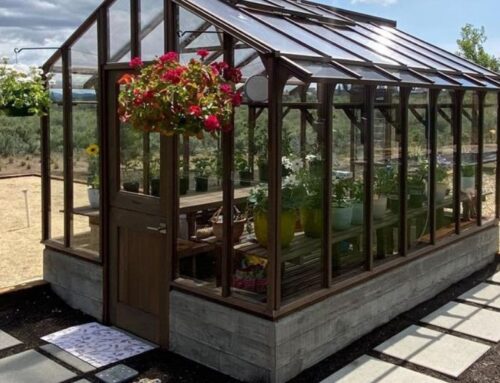
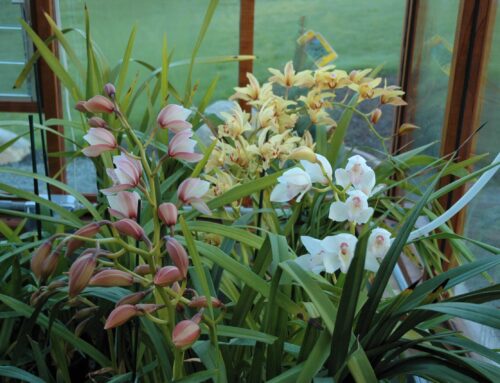
Leave A Comment